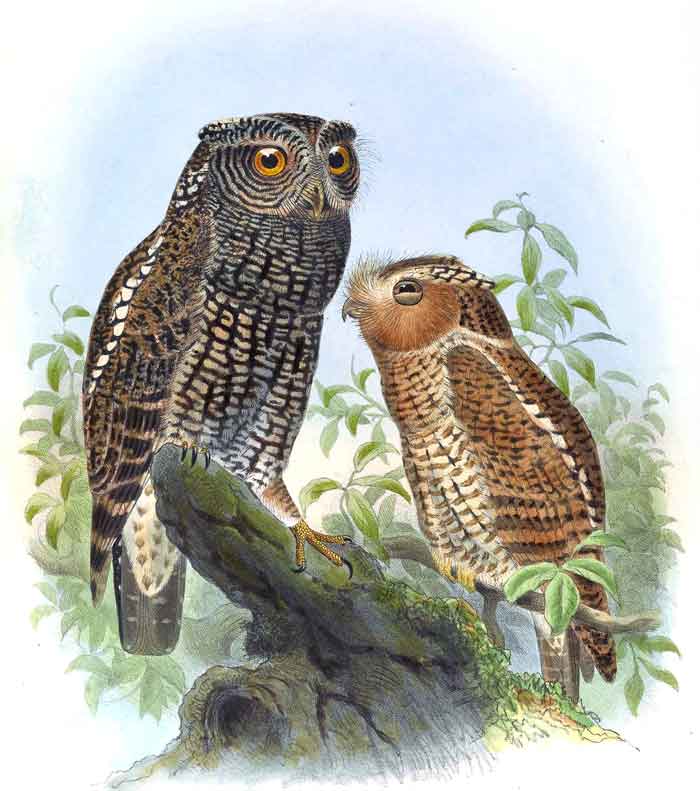
Superregnum: Eukaryota
Cladus: Unikonta
Cladus: Opisthokonta
Cladus: Holozoa
Regnum: Animalia
Subregnum: Eumetazoa
Cladus: Bilateria
Cladus: Nephrozoa
Superphylum: Deuterostomia
Phylum: Chordata
Subphylum: Vertebrata
Infraphylum: Gnathostomata
Megaclassis: Osteichthyes
Cladus: Sarcopterygii
Cladus: Rhipidistia
Cladus: Tetrapodomorpha
Cladus: Eotetrapodiformes
Cladus: Elpistostegalia
Superclassis: Tetrapoda
Cladus: Reptiliomorpha
Cladus: Amniota
Classis: Reptilia
Cladus: Eureptilia
Cladus: Romeriida
Subclassis: Diapsida
Cladus: Sauria
Infraclassis: Archosauromorpha
Cladus: Crurotarsi
Divisio: Archosauria
Cladus: Avemetatarsalia
Cladus: Ornithodira
Subtaxon: Dinosauromorpha
Cladus: Dinosauriformes
Cladus: Dracohors
Cladus: Dinosauria
Cladus: Saurischia
Cladus: Eusaurischia
Subordo: Theropoda
Cladus: Neotheropoda
Cladus: Averostra
Cladus: Tetanurae
Cladus: Avetheropoda
Cladus: Coelurosauria
Cladus: Tyrannoraptora
Cladus: Maniraptoromorpha
Cladus: Maniraptoriformes
Cladus: Maniraptora
Cladus: Pennaraptora
Cladus: Paraves
Cladus: Eumaniraptora
Cladus: Avialae
Infraclassis: Aves
Cladus: Avebrevicauda
Cladus: Pygostylia
Cladus: Ornithothoraces
Cladus: Ornithuromorpha
Cladus: Carinatae
Parvclassis: Neornithes
Cohors: Neognathae
Cladus: Neoaves
Ordo: Strigiformes
Familia: Strigidae
Subfamilia: Striginae
Genus: Megascops
Species: Megascops barbarus
Name
Megascops barbarus (P.L. Sclater & Salvin, 1868)
References
Proceedings of the Zoological Society of London Pt1 p. 56
Vernacular names
Deutsch: Tropfen-Kreischeule
English: Bearded Screech-owl, Santa Barbara Screech-owl
The bearded screech owl (Megascops barbarus) is a small "typical owl" in subfamily Striginae. It is found in Guatemala and Mexico.[3][4]
Taxonomy and systematics
The bearded screech owl was first described by Philip Sclater and Osbert Salvin in 1868. It shares genus Megascops with more than 20 other screech owls. It is monotypic.[3] The specific epithet barbarus is derived from the type locality of Santa Bárbara, Vera Paz, Guatemala, and "bearded" is apparently a errant derivation of it (bearded would be barbatus).[5][6]
Description
The bearded screech owl is the smallest of its genus in North America. It is 16 to 20 cm (6.3 to 7.9 in) long; males weigh about 63 g (2.2 oz) and females 72 g (2.5 oz). In addition to being heavier, females have somewhat longer wings and tails, and in both sexes the wings extend past the tail. The species has two color morphs. In general the predominant one is light gray-brown and the other dark reddish, but more females seem to be of the reddish morph. Intermediates are known. Adults of the gray-brown morph have upperparts of that color with a "collar" and heavy spotting of whitish gray. The facial disc is also gray-brown surrounded by blackish brown. The underparts are pale with darker markings that give an ocellated appearance and feathing extends almost to the toes. The reddish morph replaces the gray-brown with dark reddish brown and the spotting and ocellated appearance are less distinct. Both morphs have a yellow eye, a greenish bill, and unfeathered pink toes.[5][6]
Distribution and habitat
The bearded screech owl is found from the highlands of central Chiapas, Mexico south and east into the highlands of central and western Guatemala. In elevation it mostly ranges between 1,800 and 2,000 m (5,900 and 6,600 ft) but occurs as low as 1,350 m (4,400 ft) and as high as 2,500 m (8,200 ft). It inhabits humid temperate montane forest of several types; examples include pine-oak, oak, and cloudforest.[5][6][7]
Behavior
Movement
The bearded screech owl is resident throughout its range.[5]
Feeding
The bearded screech owl is entirely nocturnal. It feeds almost exclusively on arthropods, especially beetles, with crickets, moths, roaches, spiders, and scorpions also taken. It hunts in the understory or forest edge, waiting on a perch and pouncing on prey on the ground. It does not take the prey to a perch but eats it where captured. It does not appear to cast pellets.[5][6]
Breeding
The bearded screech owl is territorial. Its breeding season appears to span from March to June. The only nest ever found was in a natural tree cavity where a reddish female was brooding a gray chick.[5]
Dickcissel male perched on a metal pole singing, with neck stretched and beak open.
Songs and calls
Listen to bearded screech owl on xeno-canto
Vocalization
The bearded screech owl's territorial song is "a quiet and low-pitched, cricket-like trill of 3-5 [seconds] in duration, rising and dropping at the end." Both sexes sing, the males more often, and the male's song has a lower pitch than the female's. They also give "a soft ventriloquial hu."[5]
Status
The IUCN originally assessed the bearded screech owl as Near Threatened. In 2012 it changed the rating to Vulnerable and in 2020 to Least Concern. Its population has an estimated size of at least 20,000 mature individuals but is believed to be decreasing.[1] Its total range is estimated at about 9,800 km2 (3,800 sq mi).[6] Mexican officials have listed it as endangered in that country due to extensive deforestation. "[C]loud and humid pine-oak forests in good condition are restricted in high slopes or high mountains that are of difficult access."[5]
References
BirdLife International (2020). "Bearded Screech-owl Megascops barbarus". IUCN Red List of Threatened Species. 2020: e.T22688807A180130085. doi:10.2305/IUCN.UK.2020-3.RLTS.T22688807A180130085.en. Retrieved 9 March 2022.
"Appendices | CITES". cites.org. Retrieved 2022-01-14.
Gill, F.; Donsker, D.; Rasmussen, P., eds. (January 2022). "Owls". IOC World Bird List. v 12.1. Retrieved January 15, 2022.
HBW and BirdLife International (2020) Handbook of the Birds of the World and BirdLife International digital checklist of the birds of the world Version 5. Available at: http://datazone.birdlife.org/userfiles/file/Species/Taxonomy/HBW-BirdLife_Checklist_v5_Dec20.zip [.xls zipped 1 MB] retrieved 27 May 2021
Enríquez, P. L. (2020). Bearded Screech-Owl (Megascops barbarus), version 1.0. In Birds of the World (T. S. Schulenberg, Editor). Cornell Lab of Ornithology, Ithaca, NY, USA. https://doi.org/10.2173/bow.besowl.01 retrieved March 9, 2022
Weidensaul, Scott (2015). Peterson Reference Guide to Owls of North America and the Caribbean. New York, NY, US: Houghton Mifflin Harcourt. pp. 87–90. ISBN 978-0-547-84003-1. Retrieved 2 May 2016.
König, Claus; Weick, Friedhelm (30 July 2010). Owls of the World. London, UK: Christopher Helm. p. 102. ISBN 978-0-7136-6548-2. Retrieved 2 May 2016.
Retrieved from "http://en.wikipedia.org/"
All text is available under the terms of the GNU Free Documentation License

